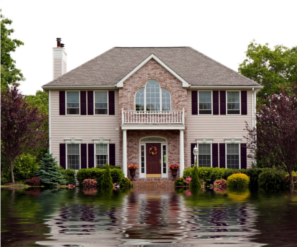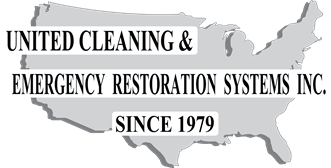Water Damage Restoration in Fort Worth – Hurst – Kelller – Southlake
- We specialize in water damage restoration in Fort Worth, Hurst, Keller, Southlake and entire Metroplex. Should you experience any flooding or water damage, call United Cleaning and Emergency Restoration Systems.
- Drying in 1/2 the time at 1/2 the cost as compared to companies using the conventional drying process.
- The national average for water damage drying is 6 days. Our average is three days.
- The big value is as we dry structures faster, 72% of the time there is no other work to be done (painting, repairs, etc.) and the job is complete.
Mitigate the water damage by calling United Carpet Cleaning Systems
 United Carpet Cleaning Systems in the Dallas,Fort Worth Metroplex knows the importance of a fast response if you’ve had a problem with a flood in your home or business. United Carpet Cleaning Systems responds quickly to minimize water damage to your home. The sooner your home can be returned to its pre-flood condition the less disruption to your life.
United Carpet Cleaning Systems in the Dallas,Fort Worth Metroplex knows the importance of a fast response if you’ve had a problem with a flood in your home or business. United Carpet Cleaning Systems responds quickly to minimize water damage to your home. The sooner your home can be returned to its pre-flood condition the less disruption to your life.
Using state-of-the-art techniques and equipment, United Carpet Cleaning Systems can remove excess flood water and dry your home in a short time. United Carpet Cleaning Systems can respond to your water damage problem fast.
United Carpet Cleaning Systems will work with your insurance company to get you back to normal in the shortest possible time. We’re ready on a 24 hour, 7 day a week basis to respond to your flooding crisis.
So when disaster strikes, call United Carpet Cleaning Systems for emergency water removal and water damage repair in the Dallas Fort Worth area. United Carpet Cleaning Systems is certified with IICRC and Dewalds Drying Institute. So we can bring the latest techniques and knowledge to your crisis.
 Water Damage occurs when a sudden release of water floods your home or property. Sources range from the ordinary overflowing sink, clogged drain and pipe break to more serious causes, such as slab leaks, appliance malfunctions, and severe weather conditions.
Water Damage occurs when a sudden release of water floods your home or property. Sources range from the ordinary overflowing sink, clogged drain and pipe break to more serious causes, such as slab leaks, appliance malfunctions, and severe weather conditions.
Delay in removing the water and promptly restoring the affected areas could lead to serious structural property damage. Such damage is progressive and complicates recovery unless safety measures are taken immediately. We are dedicated and committed to get your life back to normal as soon as possible through our water damage restoration in fort worth.
Once our water damage restoration crews start the recovery process, they set up the equipment and immediately start the drying procedures to mitigate the damage. Stopping the flow of water and thoroughly drying affected materials is crucial to prevent Mold growth. When our teams begin water damage restoration in Fort Worth, they promptly set up equipment and initiate drying procedures to minimize the damage.
One of the main requirements for Mold growth is moisture. Molds require moisture to mature and can develop within 24 to 48 hours of a water incident. Once the water is extracted, the remaining ambient moisture must be removed through evaporation and dehumidification.

Here’s an example of United drying out bathroom cabinets.
Help Prevent Water Damage with our Do’s and Don’ts Guide
Problems Caused by Flooding— If water is not removed quickly, other problems begin. MOLD, MILDEW, and BACTERIA are the most complex problems encountered in restoration. Mold and Mildew are closely related. We deal mostly with three (3) types of MOLD:
- STACHYBOTRYS ATRA, which is a black mold caused by water damage. Chronic exposure to airborne Stachybotrys atra poses a risk of debilitating health effects caused by irritative and allergic reactions, and possibly death. Symptoms may include respiratory illness, rashes and chronic fatigue.
- ASPERGILLALES, which is a blue/green mold, fuzzy in appearance, that grows on spoiled food.
- MUCORALES, which is a black mold that grows on decaying matter.
Unless carpeting, which has these molds growing on them, is treated quickly, it will be lost.
MILDEW lies dormant until about 75 degrees, and moisture is present. It thrives between 75 and 85 degrees. Above 85 degrees, it is dormant again, and over 115 degrees, it finally dies. There is a direct correlation between hot, humid summers, heated homes in the winter, and the growth of mildew.

